I’ve had a Samsung Vega 140S loaded with Kodak Porta 400 tucked away in the car glove box for a few months and I’ve taken the occasional photo with. I hadn’t processed a film from the camera, and rather than leave the Portra to gradually deteriorate I decided to get on and shoot whatever frames were left. I’ve no idea how much it cost new, but bearing in mind the lens is a Schneider Kreuznach Varioplan with 7 elements in 10 groups (2 groups of aspherical lenses) it can’t have been cheap when it was launched right at the end of the 1990s. In fact, the Samsung Vega 140S (the Evoca 140S in North America) with its 38-140mm zoom lens won the Technical Image Press Association (TIPA) award for best compact 1999-2000. So, on paper at least, that’s a good start.
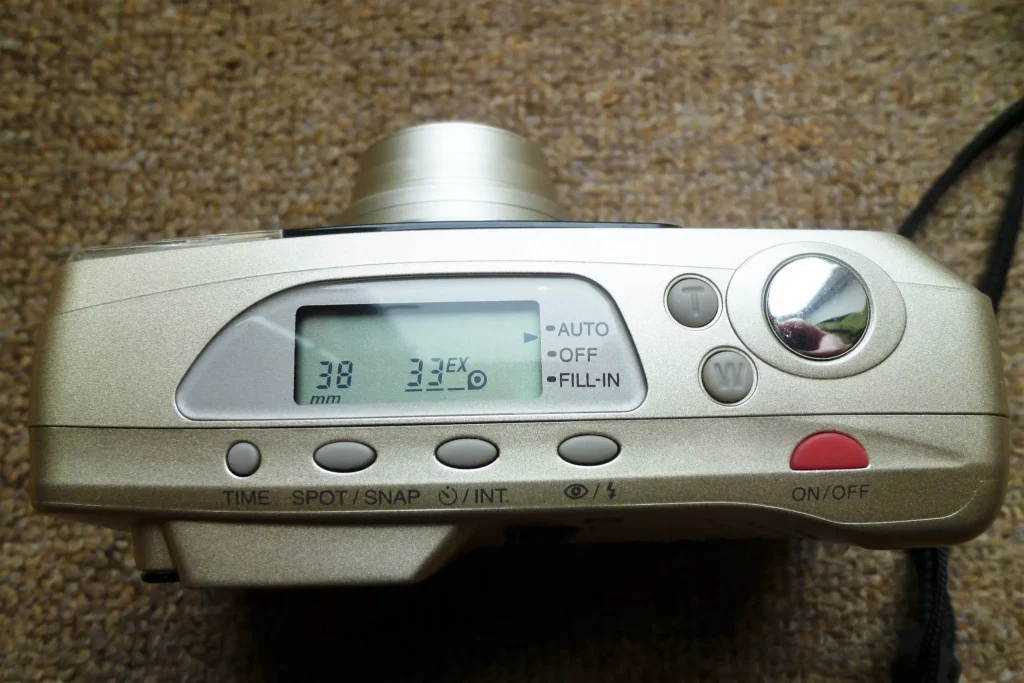
In the hand
My example has a shiny gold sticker proudly declaring it’s a 2000 millennium edition. It’s in virtually unused condition and I bought it a year or so ago for about £3.50. Made in Korea, it’s relatively small and plastic and quite a lightweight 230g without the CR123A battery and film. It has some of the sculpted lines which were becoming fashionable in the late 1990s/early 2000s, especially in car design, and with its bling champagne colour with black, red and pale grey details, and a pronounced front mode dial, it arguably lacks aesthetic refinement. Nevertheless, it seems well-made and sophisticated for a plastic point and shoot.
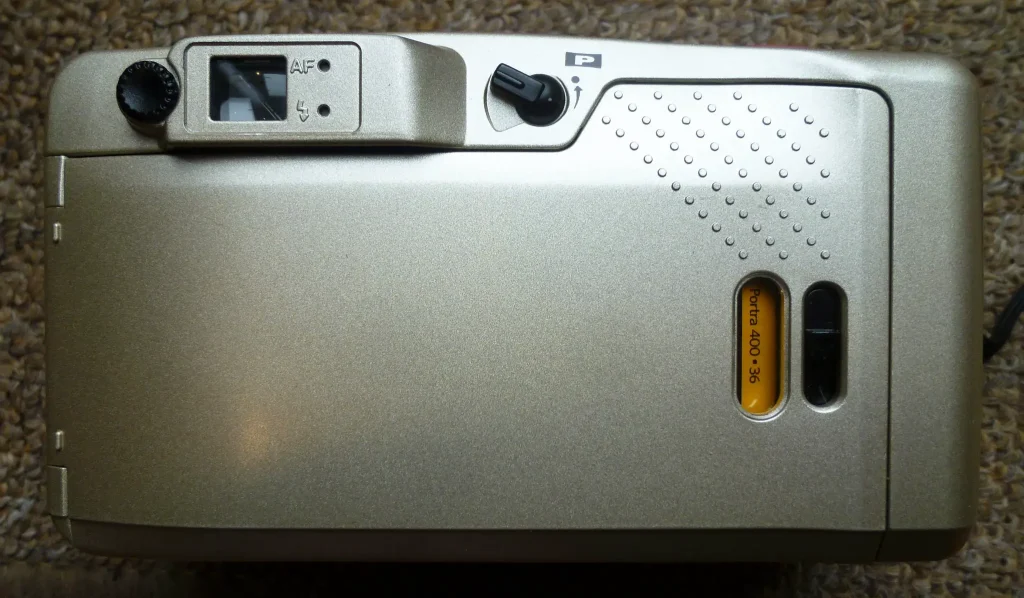
Using the Samsung Vega 140s
Loading film into the Samsung Vega 140S is simple and the camera will read DX codes from 50-3200, which is a very good range and all you are likely to need. There is a film window at the back but I’ve taped this over in case of light leaks. The small and squishy red on/off button needs a firm push or stab with a finger nail to power up the camera, which it does with a loud whirr as the lens extends into the ready position. Once the lens is extended the camera is very quiet as there is very little noise from the auto winder which is definitely a point in its favour.
The Samsung Vega 140S viewfinder is really quite good (only 83% field of view though) and has a diopter wheel, along with AF and flash status/metering LED lights to the right. Further to the right of the viewfinder is panorama lever which crops top and bottom in both the film chamber and viewfinder. On the top cover of the Samsung Vega 140S you have an LCD screen which displays a comprehensive range of information and the number of frames exposed is always displayed whether the camera is on or off. The shooting modes and adjustments offered are extensive: auto, portrait, sport shooting, step zoom, snap shooting, interval shooting, landscape, continuous shooting, self-timer, red-eye, delayed shutter release, macro, bulb shooting. Possibly more, but I note from the instruction manual that selecting some of these options requires prodding away at one of the little buttons as many as five times, so I’m just shooting with the front dial on Auto for most photos.
The shutter speeds are 1/3 to 1/400 so, unless you allow flash, the camera will need to be stabilised in low light conditions as handheld it’s going to be difficult to avoid a blurred shot at 1/3 second. That being said, I’m glad a relatively slow shutter speed is available as it can be used in conjunction with the delayed release function, as well as the in to 60 second bulb setting.
When you press the Samsung Vega 140S shutter button a red active autofocus lamp flashes for a split second and it’s seriously bright, so if you’re doing some street photography, or perhaps portraying people in interiors and trying to be discreet, bear it in mind as it could be very visible. Thankfully, this can be avoided by going into ‘snap’ mode. Snap mode sets the lens at the 38mm wide end and fixes focus range between 1.3 and 6m meaning there is no need for the focus assist lamp. This should make a fairly workable mode for street photography: switch camera on, press spot/snap button twice, press flash button twice to disable the flash and start shooting. Unfortunately, you will have to do this again after 3 minutes of inaction as that’s how long the camera gives you before it automatically shuts down.
The lens and photos
The Schneider Kreuznach Varioplan lens at f/4.6 to f/12 is not the fastest, but as 35mm compact film cameras of the period go the zoom has a good reach to 140mm. It’s more than respectable at the wide end which is where it shines. At longer focal lengths there is naturally a price to pay as sharpness reduces, but in a camera like this I’d rather have the option to zoom to 140mm than not. I had my roll of Porta developed and scanned at a high street processors called Snappy Snaps, here are a selection of shots:
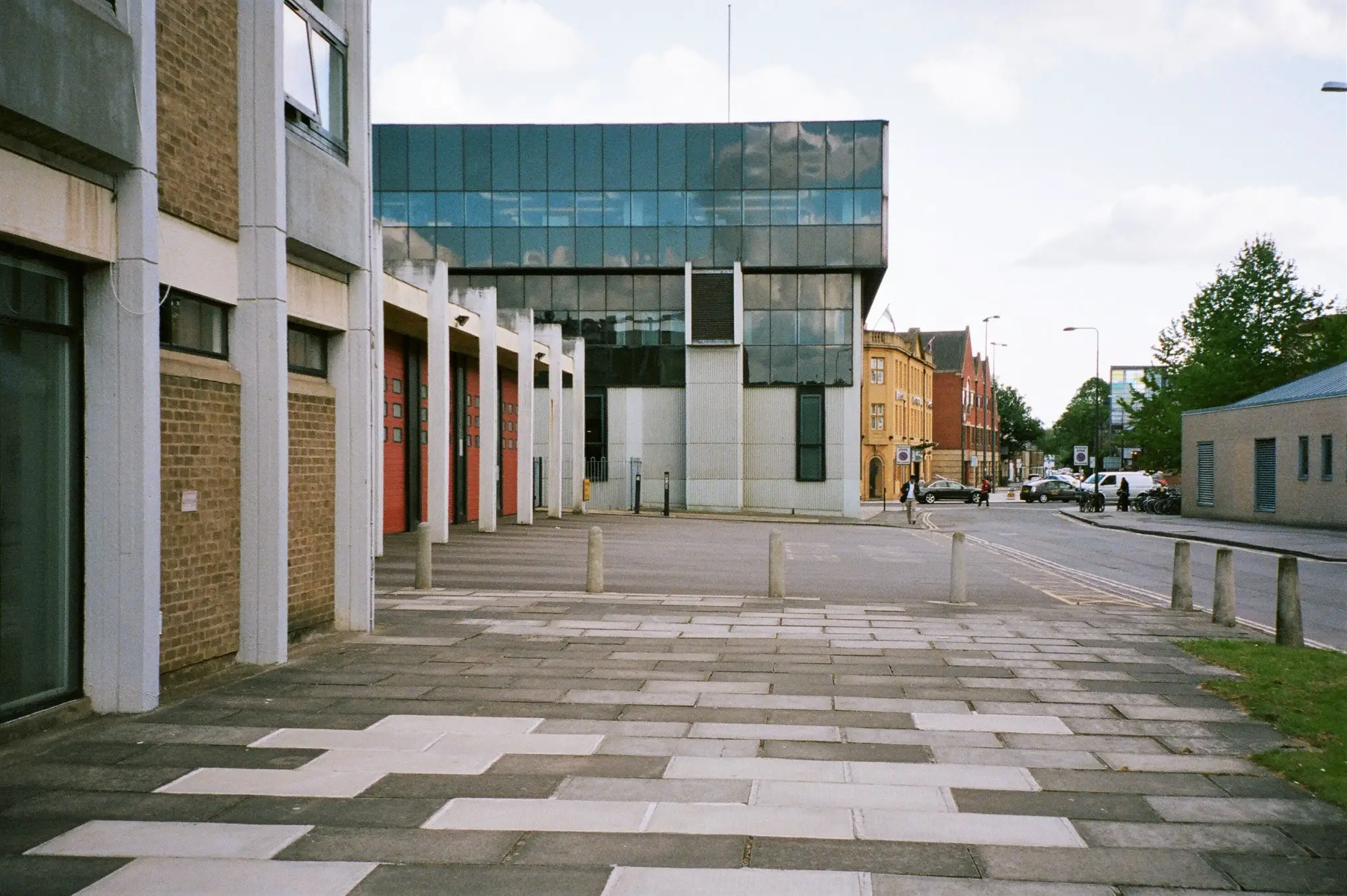

Here I have included two photos of a fashion shoot, one at 38mm and the other at full zoom to give an indication of sharpness at the 140mm end.

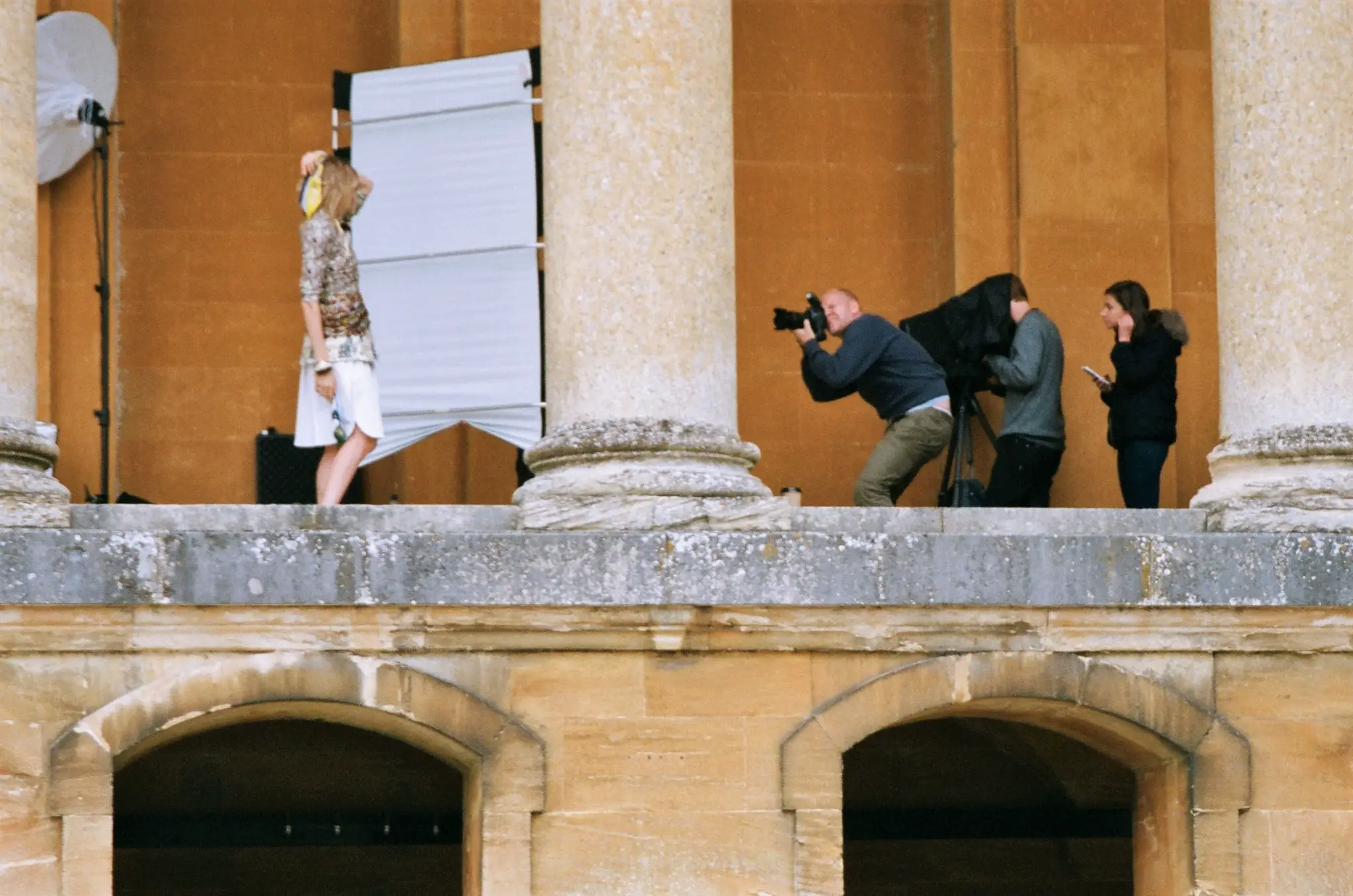
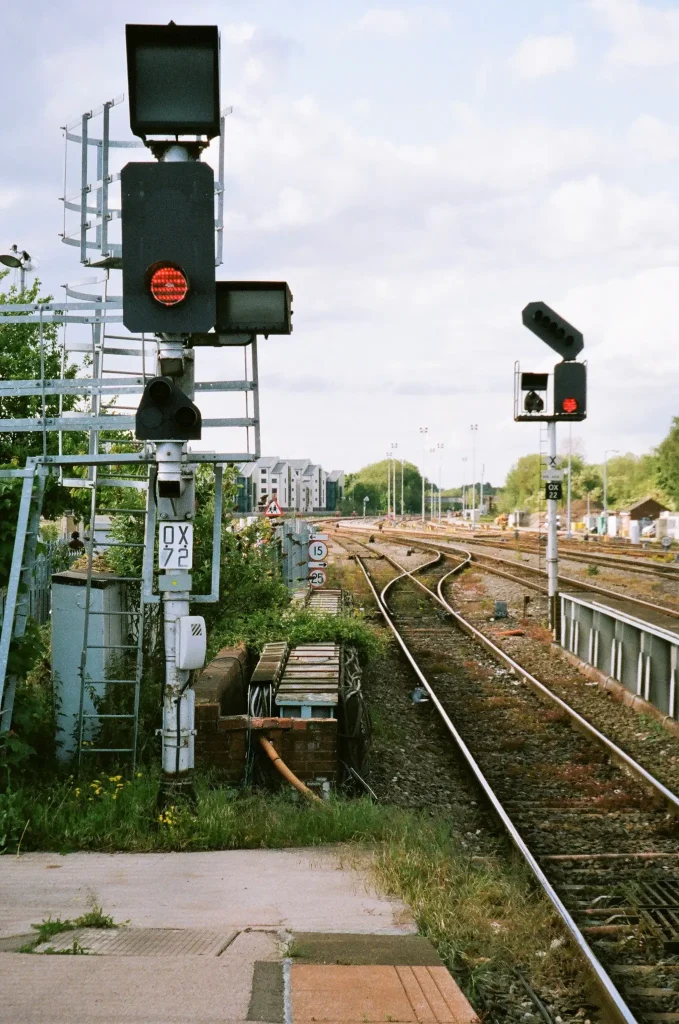


This an example of the panorama mode, which is a fun gimmick but essentially a waste of film.
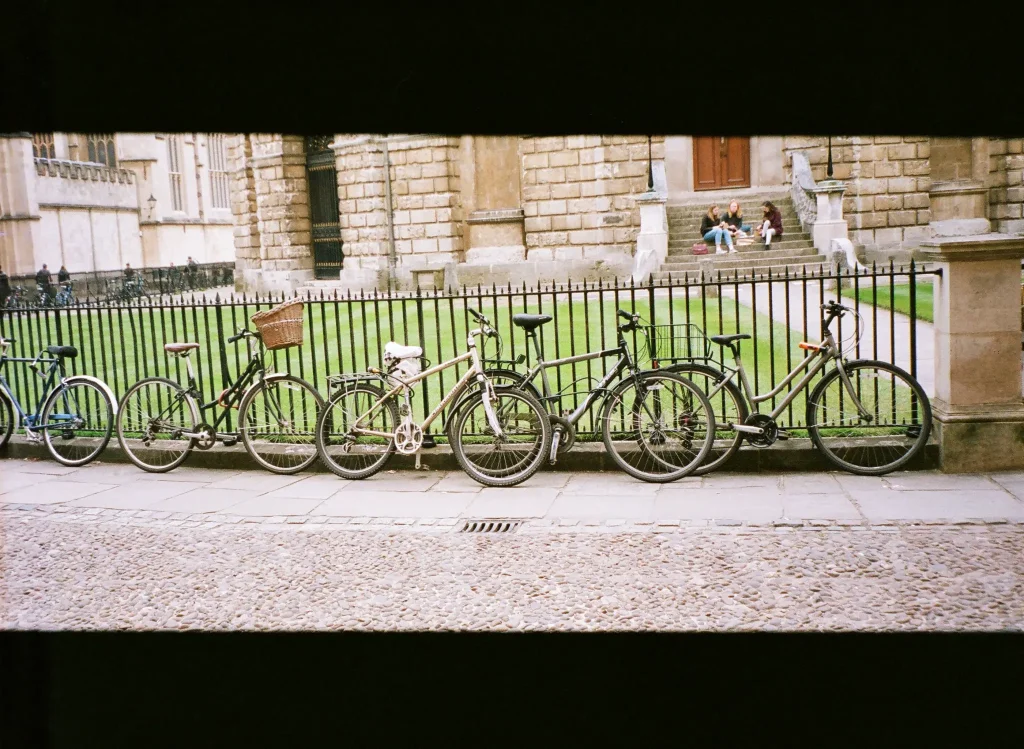



What I’ve learned from the Samsung Vega 140S is that, despite my assumption you can’t fit much of a wide scene into shot with a 38mm lens, in fact you really can. This Samsung compact is a good performer and, whether you leave it on Auto or are interested in exploiting its wide range of features, it’s a rewarding experience.
You can find another review by Stuart Duffy here
Share this post:
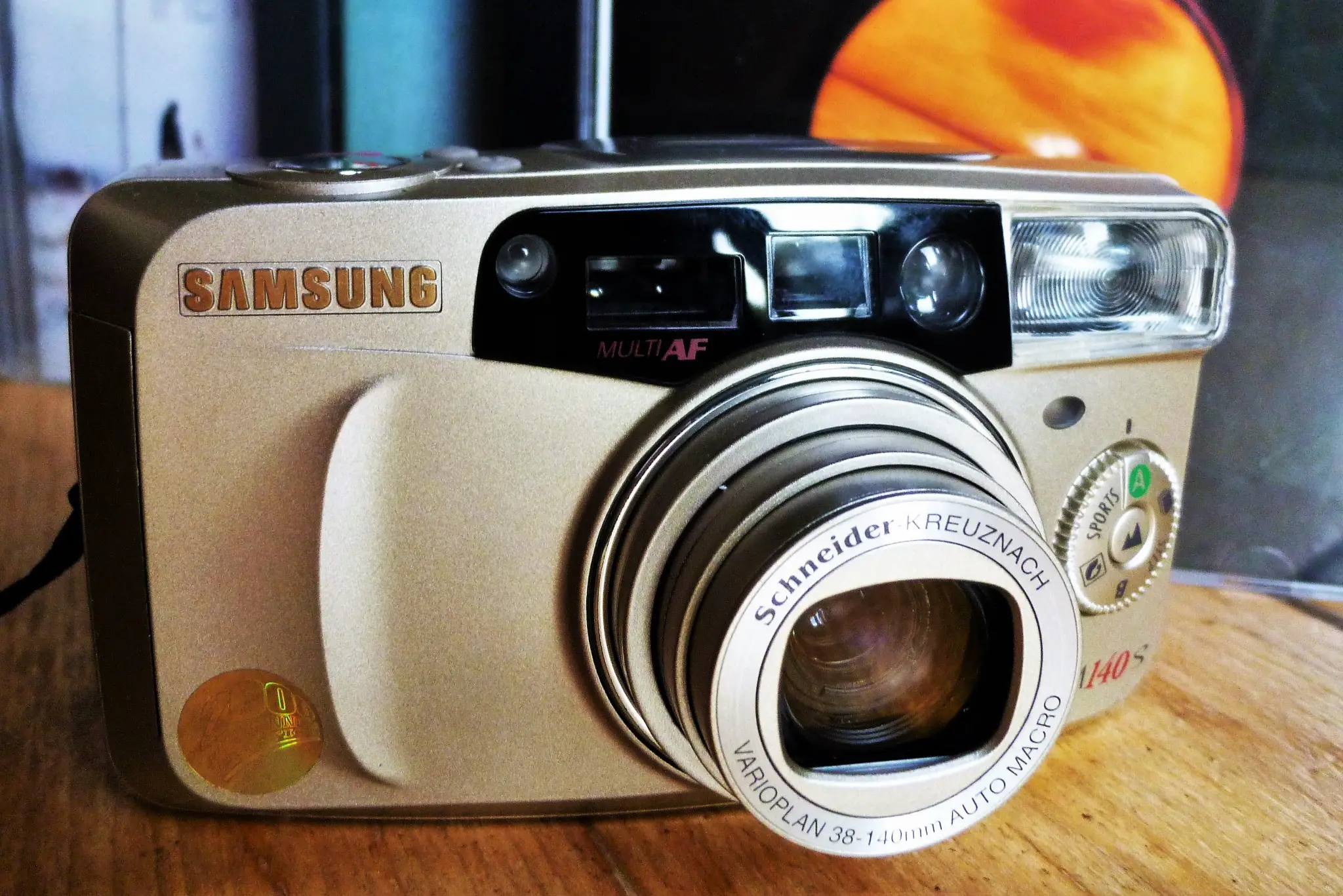








Comments
Alex Hakimi on Samsung Vega 140S Review – “Millennium Compact” – by Charles Higham
Comment posted: 08/06/2016
Comment posted: 08/06/2016
Christos Theofilogiannakos on Samsung Vega 140S Review – “Millennium Compact” – by Charles Higham
Comment posted: 08/06/2016
Charles Higham on Samsung Vega 140S Review – “Millennium Compact” – by Charles Higham
Comment posted: 08/06/2016
maddi on Samsung Vega 140S Review – “Millennium Compact” – by Charles Higham
Comment posted: 17/07/2017
Comment posted: 17/07/2017
Gorpalm on Samsung Vega 140S Review – “Millennium Compact” – by Charles Higham
Comment posted: 14/12/2018
Gordon Palmer on Samsung Vega 140S Review – “Millennium Compact” – by Charles Higham
Comment posted: 06/01/2019
Comment posted: 06/01/2019
Lostboi.04 on Samsung Vega 140S Review – “Millennium Compact” – by Charles Higham
Comment posted: 07/10/2020
Comment posted: 07/10/2020
Comment posted: 07/10/2020